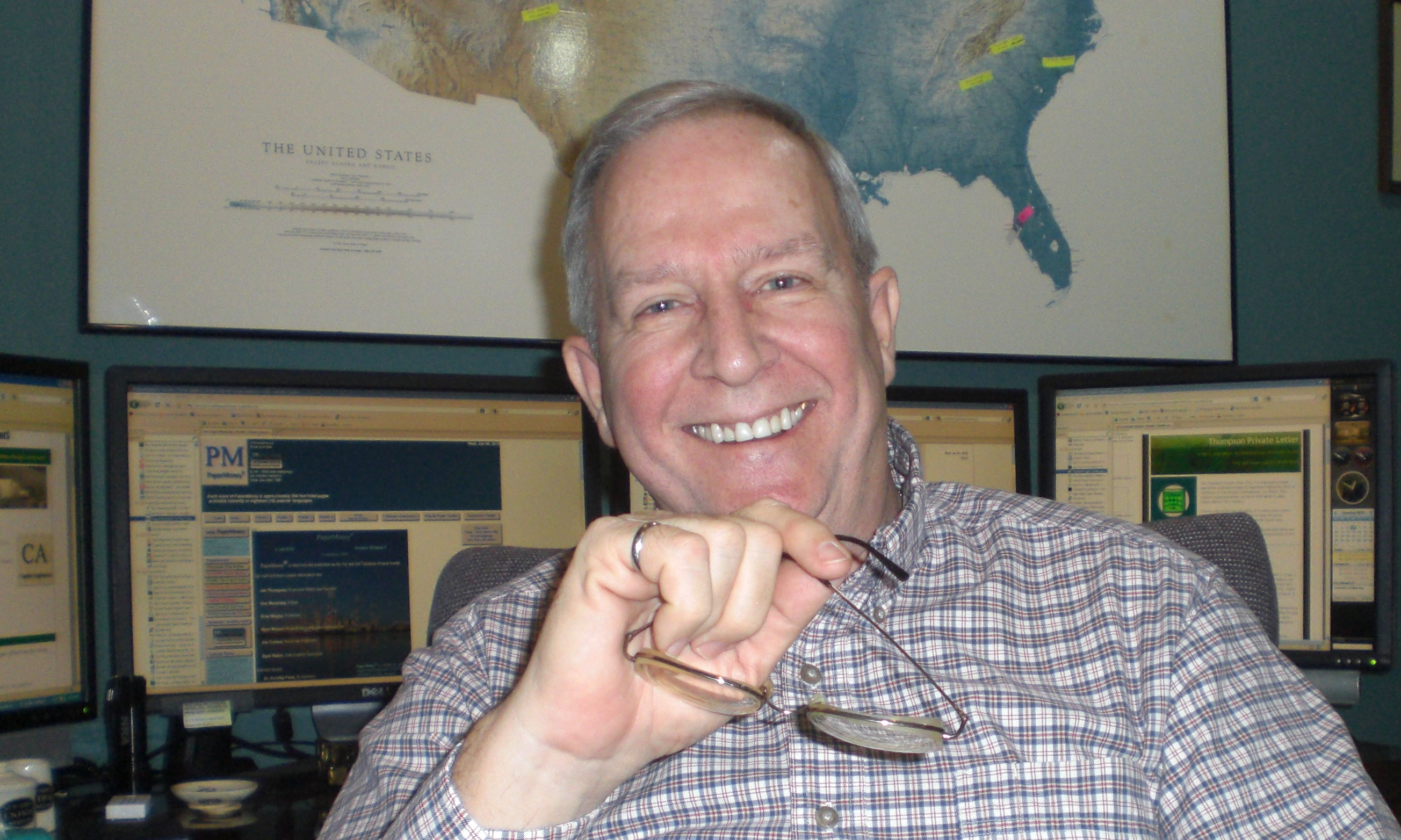Jim Thompson (jthompson@taii.com)
Listen to this column in your favorite format

Some of you were surprised last week at the quiz questions related to sales people. I asked you if race or gender had anything to do with how you view sales people. Some of you even wrote to me asking why I had included these issues. News flash: race and gender have to do with every human interaction there is. The best capture of this set of issues is found in Dr. Seuss’ “The Sneetches.” If you don’t want to read it, you can find it on YouTube here.
I thought I grew up without prejudice. An employer had the resources and the interest in training me as to how wrong I was. That employer was Procter & Gamble and the time was the middle 1970s. P & G has been, and still is, very sensitive to trends throughout the world. At that time, the mid-70s, they implemented internal actions that addressed some emerging trends.
Executives had looked around in the early 1970s and noticed that nearly every employee was white and male in a world where that was no longer acceptable. They decided they had to do something about this, and, further, they could not afford for this to be “tokenism.” This realization forced the implementation of several plans. The first was that hiring standards would not be lowered. Employees of race and gender must still be of the highest caliper. Second, the existing employees needed to be trained to deal with race and gender issues.
****
Want to thank Conmark for supporting Paperitalo Publications? Send an email to Markku@conmark.com.
****
The second issue was more challenging. One might think the only issue would be to make sure that the traditional white male employees did not treat those not like themselves in a degrading manner. That was part of it, but the other part was that the traditional white male employees would not be allowed to treat the new employees of color and gender with any sort of tokenism. In other words, no degrading words or actions, at the same time full accountability to be expected of the new employees. This was a fine line, let me tell you.
In three years, I spent six weeks at the company expense being trained on these matters. I think it is some of the best training I ever had. One of the outcomes was what we called “White on White.” This meant that two white male employees, traveling together or meeting together, should call each other out for making jokes or derogatory comments about Blacks (what we called African-Americans in those days) or Females when Blacks or Females were not present. In other words, if you were honest with your attitude, your comments reflected this, no matter who was present.
Another was cleaning up our language, especially gender language. Ever since then, I have always used “Effort Hours” instead of “Man Hours” (unless forced to do so by a client). And, internally, we adopted “s/he” instead of the pronoun “he.”
It amazes me today to see what little adoption of these principles has occurred in the nearly forty years since I was introduced to them. I am especially surprised how far behind major companies who have obviously hired many people of color and many women are as compared to my own experience.
And by the way, in my own company, I practice these matters. We have had people of color, don’t have any right now. The highest paid employees, after me, are women.
****
Savvy advertisers read Advertising Arguments.
and...
Join Adveristing Arguments for the Pulp and Paper Industry for regular tips on electronic advertising.
****
Now, I said I received all my training at P & G. I did have a preview of what was to come, however. While I was at the University, in 1970, there was a psychology professor named Dr. Banta. Everybody from every school took the bearded Dr. Banta’s class because of his grading policy: there were no tests and you gave yourself your own grade at the end of the course. I probably don’t need to say that his class was held in the largest auditorium on campus.
In the early 1970s, ROTC (Reserve Officers’ Training Corps) was not popular—the military was not popular because of the Vietnam War. Every winter, however, ROTC had a very fancy banquet with a guest speaker. Dr. Banta was invited to speak the year I took his course. He came in on Monday and told us about his experience with this Saturday evening Soiree.
Dr. Banta was the guest of honor. He showed up dressed appropriately, in a tuxedo, with full flowing beard, a basin of water, a razor, shaving cream and a copy of Dr. Seuss’ “The Sneetches.” As he read the book (this was his speech in its entirety) he shaved off his beard.
He received a standing ovation.
Your comments please. You may take our weekly quiz here, or you can do so from your phone by texting 854766 followed by your comments to 22333.
For safety this week, does any kind of human prejudice stand in the way of your mill being safe?
Be safe and we will talk next week.
Want your own Nip Impressions Library? Pre-order “Raising EBITDA…the lessons of Nip Impressions” at a discount here.